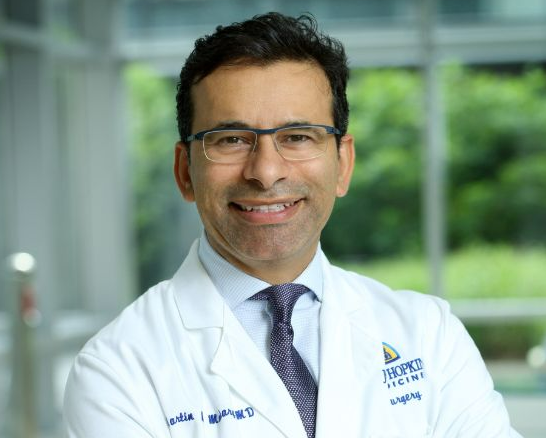June 13, 2016 – Before and after the 2016 elections, Washington health policy will remain fixed on improving the path to drug innovation, achieving legislative reform to secure that path, and responding to concerns about drug pricing, according to Prevision Policy’s Kate Rawson, who spoke at the recent Coalition for Healthcare Communication Rising Leaders Conference in Washington, D.C.
“Drugs that we really need are coming to market faster,” Rawson said. She highlighted the 95-percent first action drug approval rate for novel drugs and biologics and provided the following statistics regarding drug innovation:
- 45 novel drugs and therapeutic biologics were approved in 2015
- There are now 16 special designations at FDA
- The 50th breakthrough approval is due this year
- Out of 400 requests for breakthrough status, 130 designations have been granted
- Breakthrough approvals are accelerating from three in 2013 to 15 in 2014 and 22 in 2015
- Oncology innovation is leading the way with 50 percent of the breakthrough drug approvals
- Oncology breakthrough reviews are roughly three months faster and development time for these drugs is 2.2 years faster than standard review and development times
She also noted that an abbreviated pathway for biosimilar drugs is happening, but that this process is moving more slowly. So far, eight applications for an abbreviated pathway have been submitted and two have been approved. “It’s still taking a while, so it’s abbreviated but not fast,” Rawson said. “FDA is thinking through these issues carefully and policy work is taking precedence over application reviews.” However, Rawson commented that Center for Drug Evaluation and Research Director Janet Woodcock has said that abbreviated biosimilar reviews could soon “explode.”
On the reform front, Rawson summarized where the House and Senate are with bills to increase the FDA’s budget and implement changes to speed new drugs toward faster approvals. The House’s 21st Century Cures comprehensive FDA reform bill passed 344-77 in July 2015, and the Senate is working to cobble together 19 separate bills into a medical innovation bill that right now includes fewer FDA reforms and lacks a funding mechanism, she said.
Also on the health policy radar are concerns about drug pricing. Rawson commented that so far, the only legislation that has passed to address drug pricing addresses a generic drug inflation rebate for Medicaid which, ironically, “dings generic drug companies who are actually trying to sell lower-cost drugs.” She noted that Congressional investigations into drug pricing have produced some scapegoats, such as hedge fund pharmaceutical companies which buy older brands and hike their prices, but have not produced any legislative solutions.
However, she said there has been slight movement by the Center for Medicare & Medicaid Services, which has tried to strike some middle ground between state Medicaid agencies refusing to cover high-priced drugs for Hepatitis C and pharmaceutical companies. “CMS is saying, ‘work with us now, or you may have something forced on you later that you might not like,’” she explained.
Rawson also remarked that Sen. Elizabeth Warren (D-Mass.) has been scrutinizing patient assistance programs and stated that these programs contribute to high prices because they “keep the patient and the doctor on a much more expensive drug” and allow drug companies are able to recoup more profits. One possible legislative fix could be taking away tax assistance for patient assistance programs, Rawson suggested. She advised Coalition attendees to watch for an Institute of Medicine report on the factors that influence drug pricing that is due in about 18 months.
Regarding any potential or pending legislation, “I don’t see anything happening this session with the upcoming election,” Rawson said.




